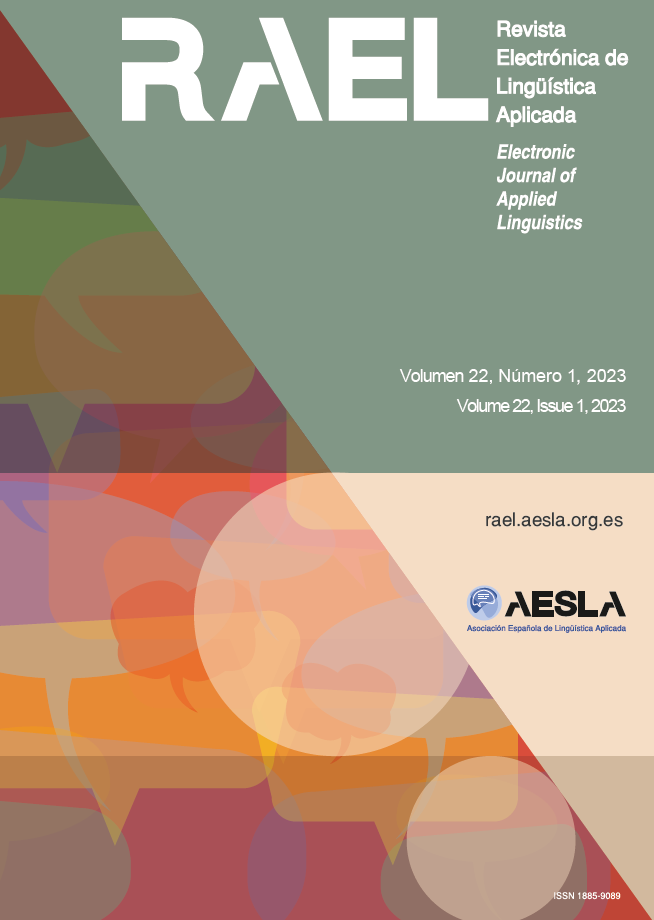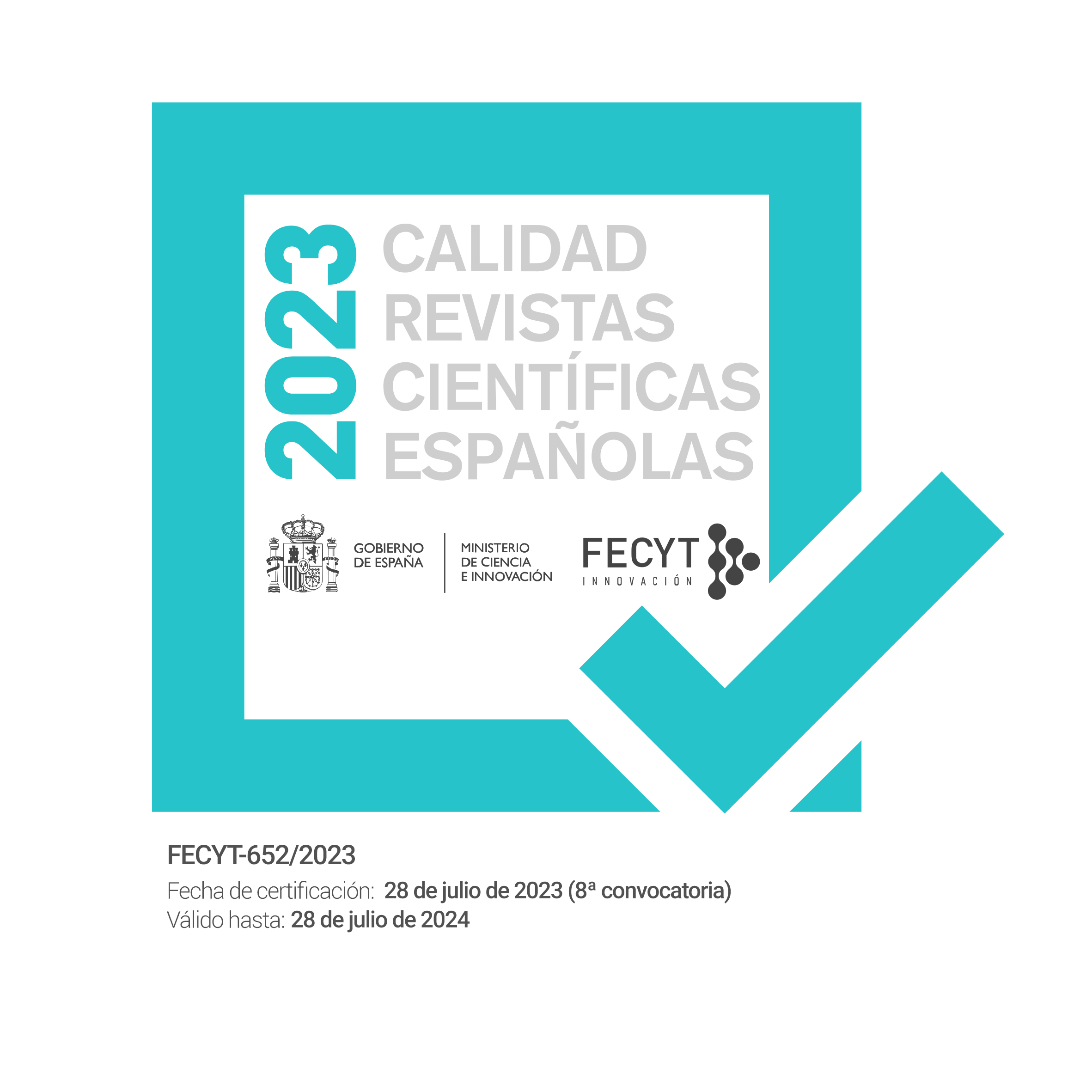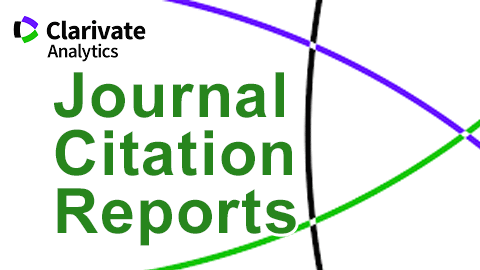The Translation of Adolescence Language by means of Apertium, Systran and Google Translate
DOI:
https://doi.org/10.58859/rael.v23i1.585Keywords:
Machine translation; adolescents’ speech; COLT; LIC; mistranslationAbstract
The present paper explores the translation of adolescents’ speech from English into Spanish using three free online translation tools (Apertium, Systran and Google Translate), and two corpora based on oral communication (COLT and LIC). Additionally, errors were classified in terms of accuracy and fluency, and a revised version after post-editing is provided in order to overcome these mistranslations. Our findings show that the errors these MT applications produce have to do with the translation of cultural aspects, abbreviations, proper names of cities and people, as well as the loss of coherence of some extracts due to the character limit imposed by some of the tools used. Finally, emphasis is placed on the need to open new lines of research considering proverbs and idioms with a wider range of data.
Downloads
Published
Issue
Section
License
Copyright (c) 2024 María Cira Napoletano, Andrés Canga Alonso

This work is licensed under a Creative Commons Attribution-NonCommercial 4.0 International License.
Attribution - Non-commercial (CC BY-NC). Under this license the user can copy, distribute and publicly display the work and can create derivative works as long as these new creations acknowledge the authorship of the original work and are not used commercially.
Authors retain the copyright and full publishing rights without restrictions.









